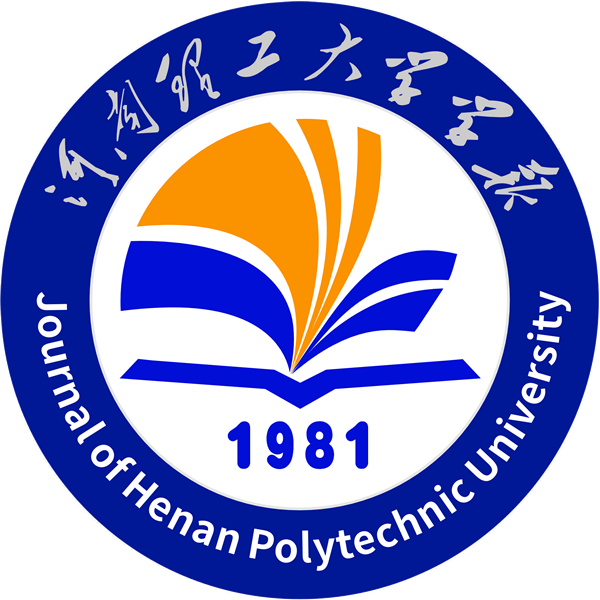| Time: 2021-05-10 | Counts: |
doi:10.16186/j.cnki.1673-9787.2019100060
Received:2019/10/22
Revised:2019/11/26
Published:2021/05/15
Carbon and oxygen isotopes characteristics of dolomite from Cambrian-Ordovician Sanshanzi formation in the western margin of the Qinshui basin and its significance
GUO Xiaoqiang1, LI Haobin1, WEI Rongzhu2, DONG Aiguan2, YANG Juncai2, DU Yanwei2
1.College of Mining Engineering,Taiyuan University of Technology,Taiyuan 030024,Shanxi,China;2.Shanxi Institute of Geological Survey,Taiyuan 030006,Shanxi,China
Abstract:In order to constrain the diagenetic environment and genetic model of dolostone of Cambrian Ordovician Sanshanzi formation in western margin of Qinshui basin,Shanxi Province,petrology and carbon and oxygen isotopes of dolomite of the Sanshanzi formation in Wangjiawan section of the Western Qinshui basin were studied.It was found that the crystal morphology of Sanshanzi formation dolomite changed greatly,including microfine-medium crystal dolomite and local coarse crystal.δ13C and δ18O varied greatly,and δ13C decreased from bottom to top,reflecting a high-level regression process.According to the characteristics of petrology and carbon and oxygen isotopes,the dolomites of Sanshanzi formation could be divided into three types.Type A was concentrated in the lower part of Sanshanzi formation,and its lithology was silty fine crystalline dolomite.The average value of δ13C and δ18O was 0.05% and -0.63% respectively.It was formed in the near surface submarine environment in the early regression period,belonging to the paracontemporaneous metasomatic model,and superimposed with buried dolomitization in the later stage.Type B was concentrated in the middle of Sanshanzi formation.Its lithology was fine medium crystal dolomite and local coarse crystal.The average value of δ13C and δ18O was - 0.1% and - 0.68%,respectively.It was formed in burial environment and belonged to buried dolomitization mode.Type C was concentrated in the upper part of the Sanshanzi formation.Its lithology was micro powder fine crystal dolomite,with the average value of δ13C being -0.34% and δ18O being -0.61% .It was formed in the atmospheric fresh water environment of the late regression period,belonging to mixed water dolomitization mode and superimposed burial dolomitization in the later stage.Based on previous studies,it was considered that the formation of dolostone of the Sanshanzi formation in the study area was controlled by sea level fluctuations and the dolomitization process was multi-stage,and its genetic mechanism was diverse and complex.
Key words:carbon and oxygen isotope;dolostone;Sanshanzi formation;Cambrian-Ordovician;Qinshui basin
- 附件【沁水盆地西缘寒武系_奥陶系三山子组白云岩碳氧同位素特征及其意义_郭晓强.pdf】Download 次

